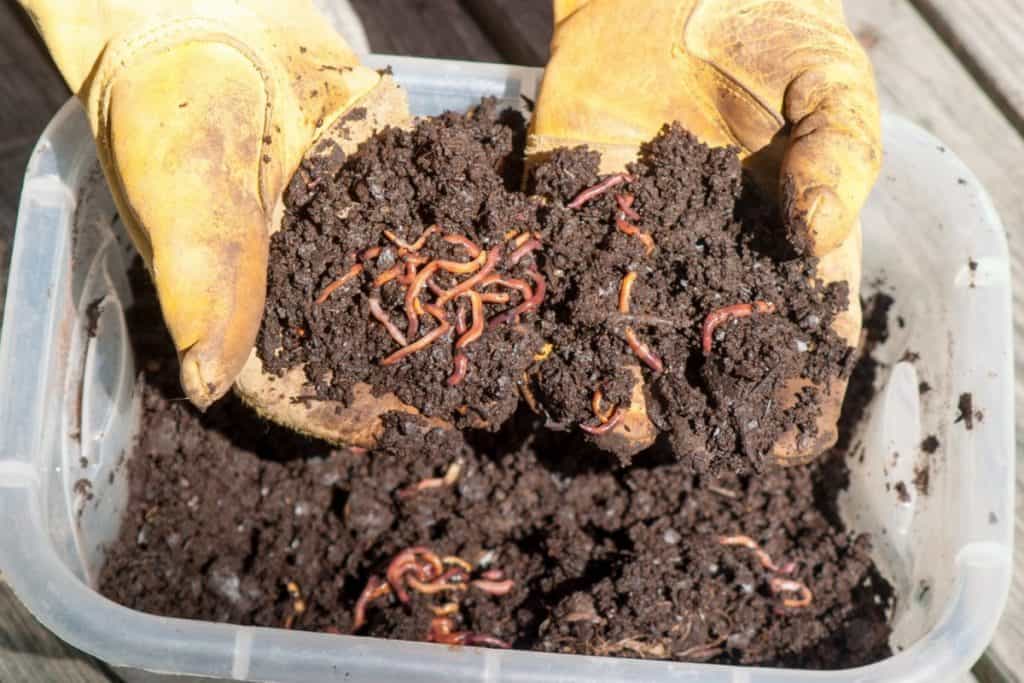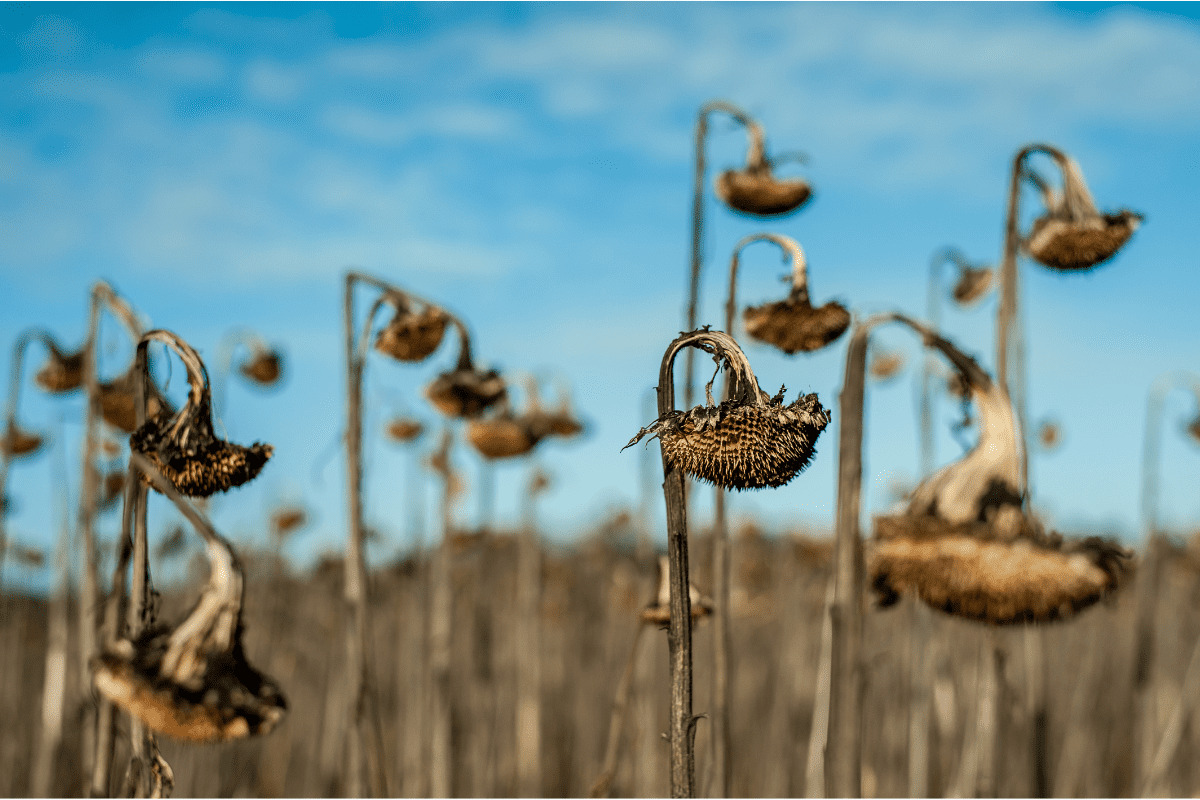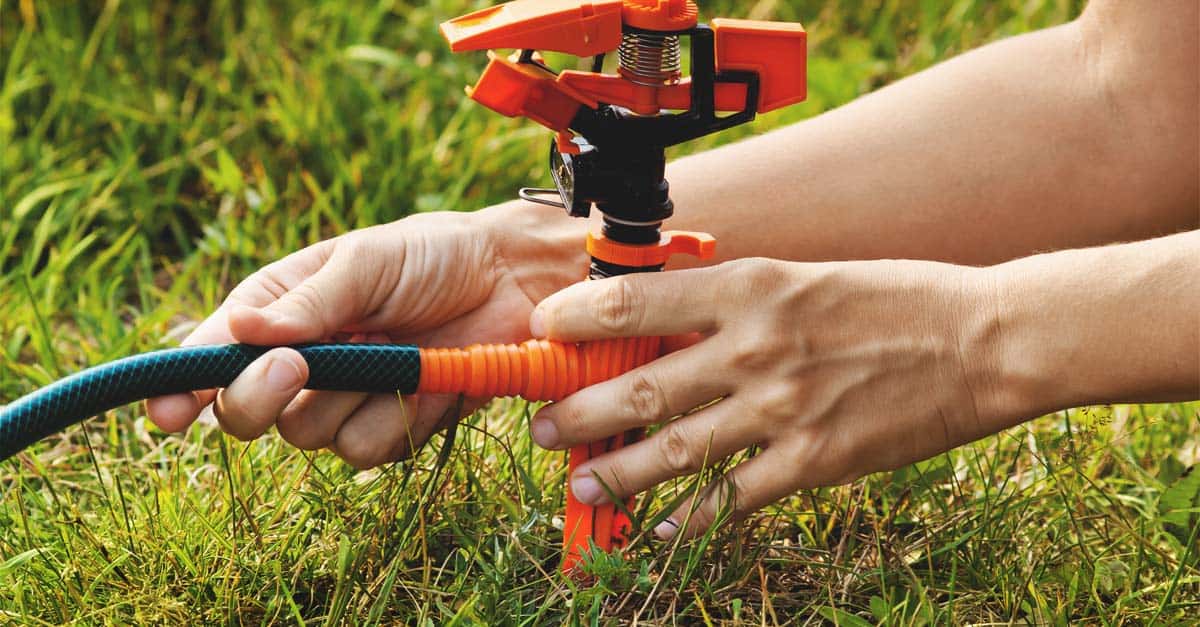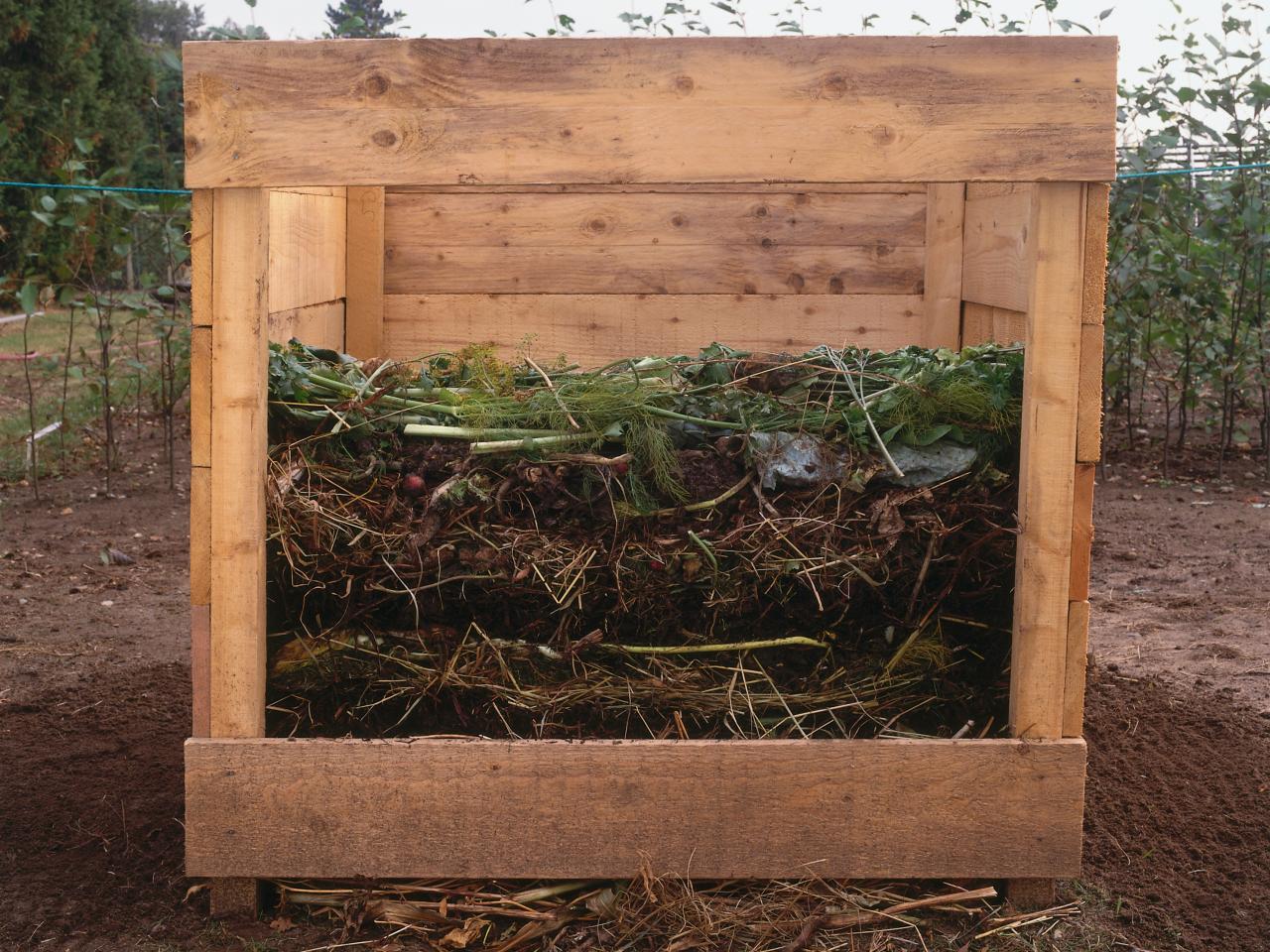Home>Gardening Tips and Tricks>What To Do When You Find A Turtle In Your Backyard
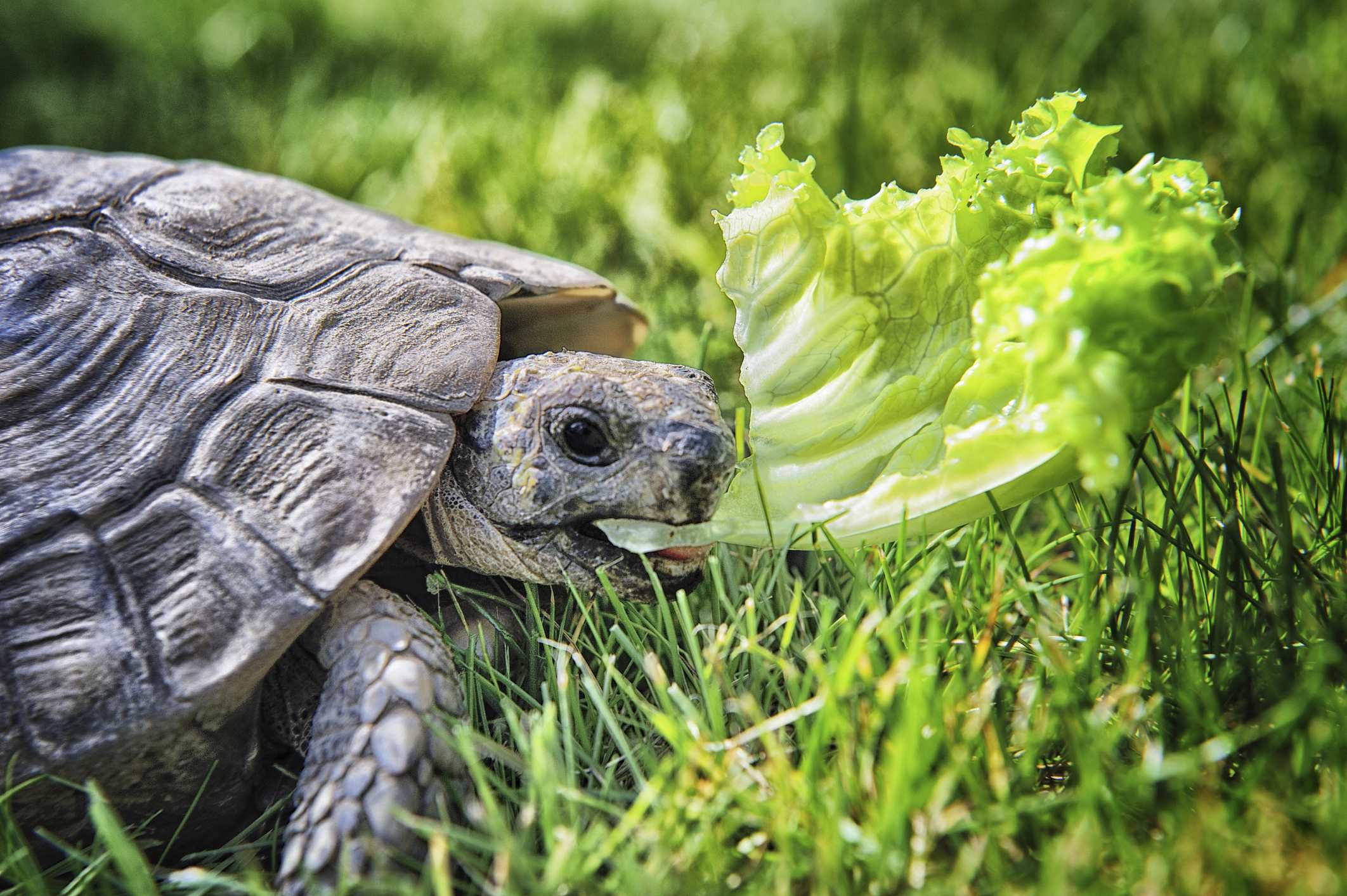

Gardening Tips and Tricks
What To Do When You Find A Turtle In Your Backyard
Modified: January 22, 2024
Learn effective problem-solving techniques and steps to take when you discover a turtle in your backyard. Safely handle the situation and ensure the well-being of the turtle.
(Many of the links in this article redirect to a specific reviewed product. Your purchase of these products through affiliate links helps to generate commission for Chicagolandgardening.com, at no extra cost. Learn more)
Table of Contents
- Introduction
- Step 1: Assess the Situation
- Step 2: Maintain a Safe Distance
- Step 3: Identify the Species
- Step 4: Provide Adequate Shelter
- Step 5: Offer a Water Source
- Step 6: Provide Food (If Necessary)
- Step 7: Contact Local Authorities or Wildlife Rescue Organizations
- Step 8: Observe from Afar
- Step 9: Educate Yourself about Turtles
- Step 10: Release the Turtle (If Advised)
- Conclusion
Introduction
Discovering a turtle in your backyard can be an exciting and unexpected encounter with wildlife. Whether you live near a pond or in a suburban neighborhood, turtles can often wander into residential areas in search of food, water, or suitable nesting sites. While it may be tempting to approach and interact with the turtle immediately, it is important to remember that these creatures are wild animals and should be treated with caution and respect.
In this article, we will guide you through the necessary steps to take when you find a turtle in your backyard. Our goal is to help you ensure the turtle’s safety and well-being while minimizing any potential disruptions to its natural habitat. By following these guidelines, you can play a vital role in assisting the turtle and promoting the conservation of these fascinating creatures.
Please note that the actions you take will depend on several factors, including the species of the turtle and the specific circumstances of its appearance in your backyard. It is always advisable to consult with local wildlife authorities or wildlife rescue organizations to receive professional advice tailored to your situation. Now, let’s explore the steps you can take to handle this unexpected backyard guest.
Step 1: Assess the Situation
When you encounter a turtle in your backyard, the first step is to carefully assess the situation. Take a moment to observe the turtle’s behavior, its size, and any visible signs of distress or injury. This initial assessment will help you determine the appropriate course of action.
It is important to note that turtles are generally solitary creatures and often prefer to be left alone. However, there may be situations where intervention is necessary to ensure the turtle’s well-being. Assessing the situation will help you understand if immediate action is required.
Here are a few factors to consider during your assessment:
- Location: Take note of the location where the turtle is found. Is it near a body of water or far away from its natural habitat? This can give you clues about the turtle’s intentions and potential risks it may face.
- Behavior: Observe the turtle’s behavior. Is it moving slowly or not moving at all? Is it attempting to dig a hole or nest? This can provide insight into the turtle’s reproductive activities or potential health issues.
- Appearance: Notice any visible signs of injury or distress on the turtle’s body. Look for any bleeding, cracked or damaged shell, or difficulty moving. These signs may indicate a need for immediate medical attention.
- Environmental Factors: Consider any environmental factors that may have influenced the turtle’s presence in your backyard. Is there construction nearby that could have disturbed its habitat? Are there any predators in the area that may pose a threat to the turtle?
By assessing the situation, you can gather crucial information that will guide your next steps. Keep in mind that if the turtle appears healthy and is not in immediate danger, it is often best to simply observe it from a distance.
Step 2: Maintain a Safe Distance
Once you have assessed the situation and determined that intervention is not immediately necessary, it is important to maintain a safe distance from the turtle. Remember, turtles are wild animals and may feel threatened if approached too closely or handled improperly. Respecting their space is crucial for their well-being and your own safety.
Here are some guidelines to follow when maintaining a safe distance:
- Keep Your Distance: Stand at least a few feet away from the turtle to avoid startling or distressing it. This will allow the turtle to feel more comfortable in its surroundings.
- Do Not Touch: Avoid touching or attempting to pick up the turtle unless it is absolutely necessary. Handling a turtle incorrectly can cause stress and potential harm to the animal.
- Observe Quietly: Spend some time observing the turtle from a distance. This will allow you to learn more about its behavior and habits without causing any disturbances.
- Keep Children and Pets Away: Ensure that children and pets are kept at a safe distance from the turtle. Teaching them about the importance of respecting wildlife can help prevent any unnecessary stress or harm.
Remember, maintaining a safe distance will not only protect the turtle but also give it the opportunity to continue its natural activities without feeling threatened. By observing from afar, you can appreciate the beauty of these remarkable creatures while promoting their well-being.
Step 3: Identify the Species
Identifying the species of the turtle you have encountered in your backyard is an important step in understanding its specific needs and behaviors. Different turtle species have varying habitat requirements, dietary preferences, and conservation statuses. By identifying the species, you can gain valuable insights into the proper care and actions to take.
Here are some tips to help you identify the species:
- Physical Characteristics: Observe the turtle’s physical characteristics, such as its color, shell shape, and size. Look for any distinct markings or patterns that can help narrow down the possibilities.
- Field Guides and Online Resources: Consult field guides or reputable online resources that provide detailed information and images of turtle species. These resources often include identification keys to help you determine which species you have encountered.
- Local Knowledge: Reach out to local wildlife authorities, naturalists, or turtle enthusiasts who may be familiar with the turtle species found in your area. They can provide valuable insights and guidance based on their expertise.
- Consult an Expert: If you are having difficulty identifying the species, consider reaching out to a herpetologist or local wildlife center for professional assistance. They have the knowledge and experience to accurately identify the turtle and provide further guidance.
Once you have identified the species, you can research its specific habitat requirements, dietary needs, and any legal protections in place. This information will help you make informed decisions about how to best assist and care for the turtle.
Remember, accurate species identification plays a crucial role in ensuring the well-being of the turtle and promoting its conservation. By understanding the unique characteristics of the species, you can tailor your actions to meet its specific needs.
Step 4: Provide Adequate Shelter
Once you have assessed the situation, maintained a safe distance, and identified the species of the turtle in your backyard, it is important to provide it with adequate shelter. Turtles rely on appropriate shelter for protection from harsh weather conditions, predators, and to meet their specific habitat requirements.
Here are some tips to help provide suitable shelter for the turtle:
- Offer Natural Hiding Places: Take a look around your backyard and identify areas that can serve as natural hiding places for the turtle. This could include dense vegetation, fallen logs, or rocky areas where the turtle can seek shelter.
- Create Artificial Hiding Spots: If your backyard lacks natural hiding places, consider creating artificial shelters for the turtle. You can use items such as overturned flower pots, wooden boxes, or hollow logs to provide a safe haven for the turtle.
- Ensure Adequate Space: The shelter you provide should be spacious enough to accommodate the turtle comfortably. It should allow the turtle to turn around and move freely without any restrictions.
- Avoid Disturbing the Shelter: Once you have set up the shelter, avoid disturbing it unnecessarily. Turtles are creatures of habit and may become stressed if their shelters are constantly disturbed.
By offering suitable shelter, you are providing the turtle with a safe and secure space to rest, hide, and seek refuge as needed. This is particularly important during extreme weather conditions or if there are potential threats in the area.
Remember, turtles rely on adequate shelter for their overall well-being. Providing them with a suitable hiding place ensures their safety and helps them thrive in their natural environment.
Step 5: Offer a Water Source
Water is essential for the well-being of turtles as they rely on it for hydration, bathing, and regulating body temperature. If you have found a turtle in your backyard, it is important to offer a suitable water source to meet its needs.
Here are some guidelines to help you provide a water source for the turtle:
- Natural Water Features: If you have a pond, stream, or other natural water features in your backyard, these can serve as an ideal water source for the turtle. Ensure that the water is clean, free from pollutants, and has a shallow area where the turtle can comfortably access it.
- Artificial Water Containers: If there are no natural water sources available, you can create an artificial water container for the turtle. Use a shallow dish, such as a ceramic saucer or a shallow plastic container, filled with clean and chlorine-free water. Ensure that the container is large enough for the turtle to immerse itself partially and safely exit.
- Water Depth: The water depth in the container or natural feature should be appropriate for the turtle’s species. Some turtles prefer shallow water, while others may require deeper areas. Research the specific requirements of the turtle species to ensure the water depth meets its needs.
- Water Quality: Regularly monitor and maintain the water quality in the container or natural feature. Ensure that the water is clean, free from debris, and regularly replaced or filtered to prevent any potential health issues for the turtle.
Remember, providing a suitable water source is crucial for the turtle’s overall health and well-being. It not only ensures proper hydration but also allows the turtle to engage in natural behaviors such as soaking and swimming.
By offering a consistent and clean water source, you are creating an environment that promotes the turtle’s natural habits and aids in its overall survival.
Step 6: Provide Food (If Necessary)
Feeding a turtle in your backyard should only be done if it is necessary. In some cases, the turtle may already have access to natural food sources in your yard, such as plants, insects, or small invertebrates. However, if you have assessed the situation and determined that the turtle may require additional nourishment, you can provide suitable food to meet its dietary needs.
Here are a few tips for providing food to a turtle:
- Research the Turtle’s Diet: Different turtle species have varying dietary preferences. Research the specific species of the turtle you have encountered to understand their natural diet. This information will help ensure you provide appropriate food.
- Offer a Varied Diet: Aim to provide a varied diet that includes a mix of protein, vegetables, and fruits. Some common food options for turtles include leafy greens, vegetables such as carrots and squash, fruits like berries and melons, and occasionally insect or protein sources like mealworms or feeder fish. Avoid foods that contain harmful additives or excessive salt.
- Place Food in a Suitable Container: If you are providing food in an artificial water container, ensure that it is placed in a separate dish or area away from the water. This prevents water contamination and allows the turtle to access the food easily.
- Monitor and Remove Uneaten Food: Regularly check the food you provide and remove any uneaten portions. This helps prevent the food from spoiling or attracting unwanted pests. Remember to keep the feeding area clean.
It is important to note that overfeeding turtles can lead to health issues. Be mindful of the portion sizes and frequency of feeding based on the specific dietary requirements of the turtle species.
Always prioritize the natural food sources available in the turtle’s environment. Providing supplemental food should only be done if it is necessary for the turtle’s well-being and if it aligns with their specific dietary needs.
By offering appropriate food, you are ensuring that the turtle receives the necessary nutrients it requires for growth, energy, and overall health.
Step 7: Contact Local Authorities or Wildlife Rescue Organizations
If you have found a turtle in your backyard and are unsure about the best course of action, it is highly recommended to contact local authorities or wildlife rescue organizations for guidance. These professionals have the knowledge and experience to assess the situation, provide expert advice, and potentially arrange for the turtle’s safe relocation or rehabilitation if needed.
Here is why contacting local authorities or wildlife rescue organizations is crucial:
- Expert Assessment: Local wildlife authorities or rescue organizations can assess the condition of the turtle and determine if it requires immediate medical attention or specialized care.
- Legal Considerations: They can advise you on any legal obligations or restrictions regarding the handling, possession, or relocation of certain turtle species.
- Rehabilitation and Release: If the turtle is injured or in need of rehabilitation, professionals can provide specialized care and a suitable environment until it is ready for release back into its natural habitat.
- Conservation Efforts: Wildlife rescue organizations often work towards conserving and protecting endangered or threatened species. By reporting the presence of a turtle, you contribute to valuable data collection and conservation efforts.
When reaching out to local authorities or wildlife rescue organizations, provide them with details about the situation, including the species of the turtle, its location, and any observed signs of distress or injury. They will guide you on the best course of action and may dispatch a trained professional to assist.
Remember, it is always better to seek professional advice rather than attempting to handle or care for the turtle on your own. By contacting local authorities or wildlife rescue organizations, you can ensure the well-being of the turtle and contribute to its conservation.
Step 8: Observe from Afar
After taking the necessary steps to assess the situation, provide shelter and water, and contact local authorities or wildlife rescue organizations, it’s important to give the turtle space and observe from a distance. Respecting the turtle’s natural behavior and maintaining a hands-off approach allows it to acclimate to its surroundings and minimizes any potential stress or disruption.
Here are some reasons why observing from afar is crucial:
- Reduced Disturbance: Turtles are wild animals and prefer minimal interference. By observing from a distance, you avoid causing unnecessary stress or interrupting their natural activities.
- Behavioral Insights: Watching the turtle from afar allows you to learn more about its behaviors, feeding patterns, and interactions with its environment. These observations can provide valuable insights into the species and its needs.
- Opportunity for Natural Expression: Allowing the turtle to express its natural behaviors without human intervention promotes its overall well-being and preserves its wild instincts.
- Respecting Personal Boundaries: Just like humans, turtles have their own preferences and boundaries. Observing from a distance shows respect for their personal space and contributes to a healthy coexistence.
Remember, if you have followed the previous steps and contacted local authorities or wildlife rescue organizations, they will monitor the welfare of the turtle as needed. Trust their expertise and rely on their guidance when it comes to the turtle’s care.
By observing from afar, you can appreciate the beauty of the turtle and contribute to its preservation without causing any unnecessary disturbances or harm.
Step 9: Educate Yourself about Turtles
One of the most important steps you can take when you find a turtle in your backyard is to educate yourself about these fascinating creatures. Learning about their biology, behavior, and conservation status will not only enhance your understanding and appreciation for turtles but also empower you to make informed decisions and take appropriate actions.
Here are some ways to educate yourself about turtles:
- Read Books and Online Resources: Access reputable books, field guides, and online resources that provide comprehensive information about turtles. Learn about different species, their habitats, dietary preferences, and unique characteristics.
- Attend Workshops and Webinars: Look for local workshops, seminars, or webinars conducted by herpetologists, conservation organizations, or wildlife centers. These educational events provide in-depth knowledge and the opportunity to interact with experts in the field.
- Engage with Local Naturalists and Experts: Connect with local naturalist groups, herpetological societies, or turtle enthusiasts who can share their knowledge, experiences, and insights about turtles in your region.
- Visit Nature Reserves or Conservation Centers: Plan a visit to nature reserves, parks, or conservation centers that have exhibits or programs focused on turtles. These visits offer hands-on learning experiences and the chance to see turtles up close in a controlled and educational environment.
- Support Turtle Conservation Efforts: Contribute to turtle conservation efforts by supporting local organizations or initiatives that work towards protecting and preserving turtle habitats. Donate, volunteer, or participate in citizen science programs to actively contribute to turtle conservation.
By educating yourself about turtles, you become an advocate for their well-being and conservation. It empowers you to make responsible choices, spread awareness, and inspire others to appreciate and protect these incredible creatures.
Remember, knowledge is key to fostering a deeper connection with turtles and taking meaningful actions towards their conservation.
Step 10: Release the Turtle (If Advised)
After following the previous steps and seeking guidance from local authorities or wildlife rescue organizations, you may receive advice about the appropriate time and method to release the turtle back into its natural habitat. This step is crucial to ensure the turtle’s successful reintegration into its wild environment.
Here’s what you need to consider when releasing a turtle:
- Professional Guidance: Rely on the advice and expertise of the professionals you have been in contact with. They will provide specific instructions on the timing and location for the release. Follow their recommendations carefully to ensure the turtle has the best chance of survival.
- Choose a Suitable Habitat: Select a release site that offers suitable habitat for the turtle’s species. Consider factors such as access to water, appropriate food sources, and protection from predators.
- Safe and Quiet Environment: Choose a release location that is free from disturbances and human activity. By selecting a quiet environment, you minimize the stress and potential dangers for the turtle during the release process.
- Observe the Release: Take the opportunity to witness the turtle’s return to its natural habitat. Observe from a distance, allowing the turtle to explore and acclimate to its surroundings at its own pace.
- Reflect on the Experience: After the release, take a moment to reflect on the role you played in helping the turtle. Appreciate the importance of wildlife conservation and the impact individuals can make in protecting and preserving our natural world.
Remember, the goal of releasing the turtle is to give it the best opportunity for a successful transition back into its wild habitat. It is a rewarding and uplifting experience to witness a turtle return to where it belongs, knowing that you have played a part in its journey.
Always take into consideration the recommendations of the professionals and prioritize the best interests of the turtle throughout the release process.
Conclusion
Encountering a turtle in your backyard can be a unique and memorable experience. By following the steps outlined in this guide, you can ensure the safety and well-being of the turtle while respecting its natural behaviors and habitat. Remember, each turtle species is unique, and the specific circumstances may vary. Seeking guidance from local authorities or wildlife rescue organizations is crucial in making informed decisions and taking appropriate actions.
Throughout this process, it is important to maintain a safe distance and observe the turtle from afar, allowing it the space it needs to thrive in its natural environment. Providing adequate shelter, water, and, if necessary, supplemental food are essential for the turtle’s health and survival. By educating yourself about turtles and their conservation, you become a steward of these magnificent creatures, advocating for their protection and preservation.
Releasing the turtle back into its natural habitat, if advised, is the ultimate goal. By following professional recommendations and choosing a suitable release site, you give the turtle the best chance for a successful return to the wild.
Remember, encountering a turtle in your backyard is an opportunity to appreciate the wonders of nature and contribute to the conservation of these extraordinary creatures. By implementing the steps outlined in this guide, you play a valuable role in safeguarding turtles and their habitats for generations to come.
